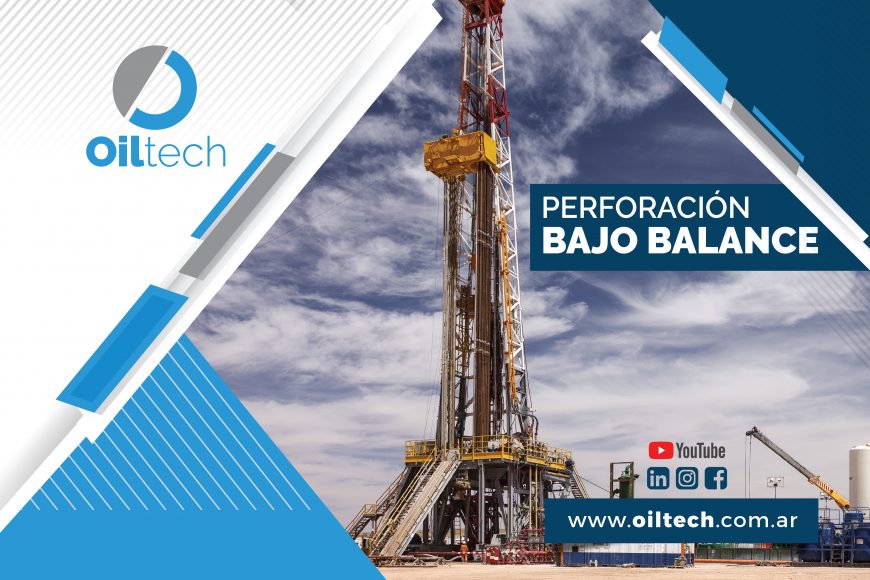
By: Ing. Angel Luis López Sánchez – SENIOR DRILLING ENGINEER
If you want to reduce the drilling damage to the production formation caused by the invasion of the drilling fluid, increase the penetration rate (ROP), avoid circulation losses maximizing the rate of production in depleted deposits, Under Balance Drilling is the technique with which you can achieve those results.
Under Balance Drilling (UBD): Itis the technique that allows drilling with the well’s fluid hydrostatic pressure less than the formation pressure (FP). It is recommended that the pressure handled on the surface during drilling should not be greater than 500 psi (as operational practice, if the surface pressure reaches 700 psi, it is strong recommend that drilling should be stopped and pressure should be reduced ; if pressure does not decrease, the density of the mixture should be increased and circulated through choke until the pre-set working pressure is reached). It is also important to consider the type and maximum pressure range of the rotary head or rotary preventor to be used. The Under Balance can be achieved with Mud or Air fluid.
Under Balance Drilling with Mud: It consists of reducing the density of the drilling fluid, so that the pressure of the formation is slightly higher than the hydrostatic pressure. This technique allows for better hole stability and reservoir pressure control.
Drilling with aerated Fluid: The aerated term applies for the use of nitrogen or air. This method involves pumping into the pipe a computed volume of nitrogen or air, so that when mixed with the well fluid, the hydrostatic column is reduced and the circulation losses caused by conventional mud systems are prevented or reduced. Example: A fluid with original density of 7.6 ppg is injected 450 scf/min of nitrogen, can reduce its initial density up to 6.5 ppg, instead injecting 1050 scf/min of nitrogen to that same original fluid achieves a density about 4.89 ppg (Reference: Field Experience).
The UB technique is applied in many parts of the world and its has be increasing due to the considerable reduction in formation damage during drilling phase. For example, in gas-producing wells in south-east Venezuela that had an estimated production of 8.04 MMSCFPD, this technique was applied and a real production of 14.1 MMSCFPD was achieved.
Recommendation: To apply the UBD technique, it is previously suggested to performance a study of the Geomechanics of the formations to be drilled.
ANGEL LUIS LÓPEZ SÁNCHEZ
